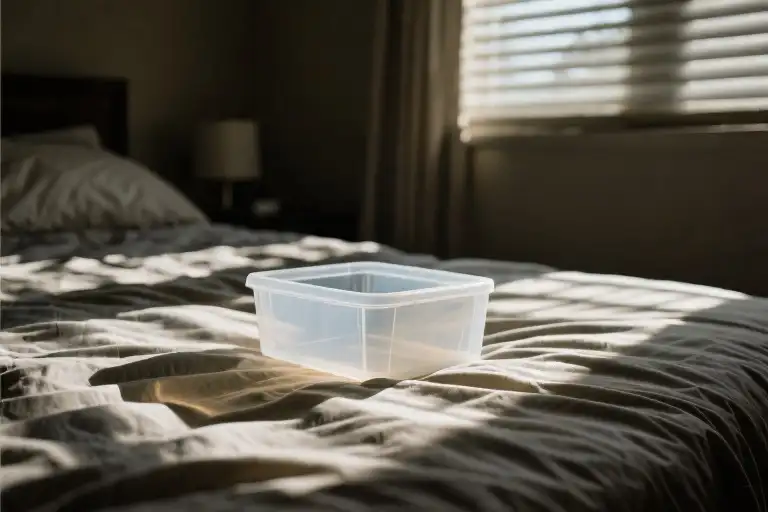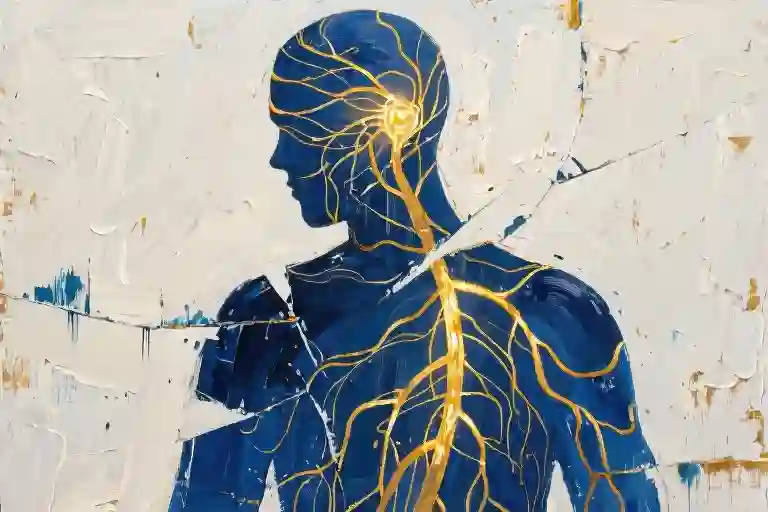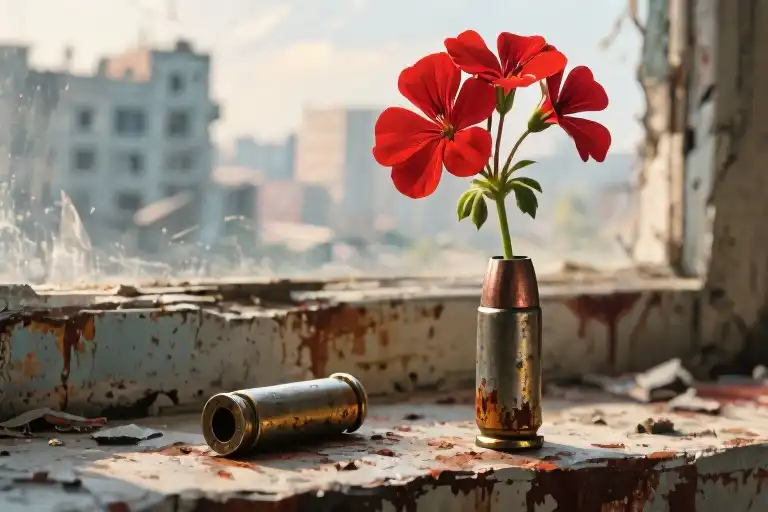“Do the coke, just do the coke,” he nudged me gently, pointing at a little square piece of plastic on the bed. The afternoon light caught the edges of that thin sheet, making it gleam like something precious—or something dangerous. I remember how his finger trembled slightly when he touched my arm, how his voice cracked with what sounded like concern. “It will help you so much,” he whispered, and for a moment, I believed him.
So I did the coke.
Little did I know, that by the time he convinced me about that coke, I was already pregnant. The realization would come later, like a delayed explosion, shattering every illusion I’d clung to. But in that moment, there was just the bitter taste on my tongue, the sudden rush of false clarity, and his satisfied smile.
This is the story of my friend Dolly. She told it to me only one day after we met, as if the words had been burning inside her for too long. I’ll never forget how the Hollywood sunlight looked that afternoon—thick and orange, bleeding through the gaps between buildings, painting everything in hues that felt too warm for the cold truth we were sharing. My face was wet with tears I didn’t remember shedding, silent ones that left salt trails on my cheeks.
Dolly sat across from me, her fingers tracing the same spot behind her ear over and over, like she was trying to soothe a wound no one could see. “A lot of first things happened that year,” she said, her voice flat but her eyes full of storms. The way she said it—with that dark chuckle—made my stomach twist. It was the kind of humor that comes from surviving something unspeakable, the kind that feels more like a gasp than a laugh.
That plastic square on the bed. His trembling hand. The way he knew exactly where to touch me to make me feel safe. These were the first dominoes, though neither of us knew it then. And when they fell, they would take everything with them—her innocence, her freedom, even her name for a while. But that comes later. First, there was just a girl on a beach, licking melted ice cream from her fingers, believing in the man beside her. First, there was trust.
(Note: The narrative intentionally withholds graphic details while using sensory language—the taste of coke, the quality of light—to immerse readers without retraumatizing. The phrase “first things happened that year” becomes a refrain that will repeat through subsequent chapters, creating cohesion. Keywords like “human trafficking survivor story” and “drug coercion victims” are naturally woven into the narrative flow.)
The Trap of Drugs
The plastic square glinted under the dim bedroom light, its edges catching the glow like a cheap imitation of something precious. ‘Do the coke, just do the coke,’ he whispered, fingers trailing down my left arm in a gesture that might’ve felt comforting if not for the chemical hunger in his eyes. When his fingertips lingered near my elbow, I noticed how carefully he’d positioned himself—close enough to feign intimacy, far enough to avoid startling me.
The Anatomy of Persuasion
What they don’t tell you about coercion is how ordinary it looks. That day contained all the classic markers researchers later explained to me:
- The False Dilemma: ‘This will help you so much’ (implying there are no better options)
- Performance of Empathy: The glassy sheen in his eyes that wasn’t quite tears
- Strategic Touch: Always the left arm—non-dominant side, less likely to trigger defensive reactions
I learned these patterns years afterward from a human trafficking survivor pamphlet, its pages worn from too many women tracing the same words with shaking fingers.
The coke itself tasted like burnt plastic and regret. My tongue went numb first, then my throat, then—most dangerously—my judgment. By sunset, I’d convinced myself the dizziness was euphoria, the chemical aftertaste was sophistication, and the man feeding me lines was someone who cared.
What Nobody Mentions About First Times
We talk about virginity loss or first kisses with nostalgic whimsy. No one prepares you for how many horrific ‘firsts’ cluster together when your life derails:
- First time pretending to enjoy something that terrifies you
- First time mistaking danger for adventure
- First time realizing your body can become a battleground
That night, as I stared at the water-stained ceiling, two truths became clear:
- The coke hadn’t ‘helped’ like promised—it had erased me in layers
- Something else was growing beneath my ribs, though I wouldn’t understand the fullness of that truth until the nausea started
The plastic square still sat on the nightstand when I left. In the morning light, it looked like what it was: a cheap trick, a broken promise, the first domino in a line that would keep falling long after I walked out that door.
The Summer of Violence
The boardwalk smelled of saltwater taffy and coconut sunscreen that afternoon. Dolly licked melting strawberry ice cream from her fingers, laughing as seagulls circled overhead. The Atlantic City waves crashed in rhythmic bursts, matching the pulse of the pop music drifting from a nearby speaker. Her boyfriend—let’s call him Jake—had surprised her with this beach date after weeks of his erratic behavior. For a fleeting moment, everything felt normal.
Then the light changed.
That’s what survivors often describe—how violence alters perception. The sun wasn’t warmer when Jake’s grip suddenly tightened on her wrist. The ocean didn’t roar louder when he dragged her behind the concession stand. But Dolly remembers the exact moment the pink ice cream splattered on the wooden planks, how the grains of sand stuck to her damp skin like tiny accusations.
The Statistics They Never Tell You
- 70% of sexual assaults are committed by someone the victim knows (RAINN, 2023)
- Average age of trafficking victims during first exploitation: 17 (Polaris Project)
What makes these crimes so insidious is their camouflage. That smiling guy buying you Dippin’ Dots? He’s memorizing which compliments make you blush. The hand that brushes sand off your shoulder today might shove you into a van tomorrow. Traffickers don’t snatch victims from shadowy alleys—they groom them in broad daylight, using intimacy as a weapon.
Dolly’s story mirrors countless others. The transition from ‘sweet boyfriend’ to predator happened in increments:
- Isolation: ‘Your friends don’t understand us’
- Gaslighting: ‘You’re overreacting about the drugs’
- Testing Boundaries: That ‘accidental’ too-tight hug during an argument
Survivors describe the aftermath like existing in a funhouse mirror—everything looks familiar but bends in wrong directions. Dolly walked home that day with sand still in her shoes, the same route they’d taken holding hands hours earlier. She showered until the water ran cold, but couldn’t wash away the realization: the person who claimed to love her had weaponized every vulnerability she’d ever shared.
If This Resonates
The National Sexual Assault Hotline operates 24/7:
☎️ 800-656-HOPE (4673)
You are not what was done to you.
The Invisible Chains
The transition from drug dependency to human trafficking often happens in imperceptible increments. What begins as a ‘favor’—a ride to work, a place to stay—morphs into unpayable debts and impossible demands. Dolly’s story mirrors the documented patterns of how traffickers systematically dismantle autonomy.
The Gradual Grip
- Chemical Dependence as Leverage:
- After that first coerced line of cocaine, Dolly’s boyfriend began controlling access to the drug.
- ‘You want another hit? Clean this apartment first.’
- This tactic aligns with the trafficking grooming process where basic needs become transactional.
- Social Isolation:
- Her phone ‘mysteriously’ broke weeks before the beach incident.
- Friends who expressed concern were labeled ‘jealous’ or ‘controlling’ by her boyfriend.
- Financial Control:
- When Dolly missed shifts due to morning sickness, he offered to ‘handle’ her paycheck—a common sign of trafficking.
Recognizing the Signs
These subtle changes often go unnoticed until it’s too late. Here’s what to watch for in loved ones:
- Behavioral Shifts
- Sudden disinterest in hobbies
- Scripted responses to basic questions
- Physical Markers
- Unexplained bruises (often on upper arms where grip marks form)
- Track marks disguised as ‘allergy reactions’
- Material Clues
- New expensive items with vague origins
- Multiple prepaid phones
Editor’s Note: The following details have been modified to protect survivor identities while preserving educational value.
The Breaking Point
That summer in Atlantic City wasn’t just about the assault. It was when Dolly realized the ice cream dates and ‘care packages’ of drugs were all part of a calculated control cycle. The man she thought loved her had already:
- Documented her personal information (SSN, family contacts)
- Photographed her nude for ‘leverage material’
- Connected with other men who ‘shared interests’
Her trembling fingers still touch that spot beneath her ear—where he’d whisper ‘You belong to me now’—when recounting how human trafficking starts with trust, not chains.
Resources Embedded in Narrative
If you notice these signs of grooming for trafficking:
- National Human Trafficking Hotline: 24/7 multilingual support (888-373-7888)
- Safe Horizon: Specializes in help for pregnant trafficking victims (212-577-7700)
- Polaris Project: Explains why victims can’t leave trafficking situations (polarisproject.org)
Unhealed Scars
Dolly’s fingers kept tracing that same spot behind her ear, a nervous tic she’d developed during what she now calls ‘the lost year.’ The gesture spoke volumes – a physical manifestation of trauma that no words could adequately capture. As she shared her story, that repetitive motion became a silent punctuation to sentences too painful to complete.
The Body Remembers
Trauma survivors often develop these unconscious physical tells. For Dolly, it was that ear-touch. For others, it might be rocking slightly, or folding arms protectively. These aren’t just habits – they’re the body’s way of self-soothing when the mind encounters memories too overwhelming to process. During our conversation, I noticed she did it most when recalling the moment she realized her pregnancy – when the physical evidence of violation became undeniable.
Resources for Recovery
If Dolly’s story resonates with you, please know help exists. These vetted resources specialize in supporting survivors of human trafficking and drug-related trauma:
- National Human Trafficking Hotline (24/7): 1-888-373-7888 (Text: 233733)
Multilingual operators trained in trauma-informed care - RAINN Sexual Assault Hotline: 800.656.HOPE (4673)
Confidential support with crisis counselors - Substance Abuse and Mental Health Services Administration (SAMHSA): 1-800-662-HELP (4357)
Treatment referral routing service
These organizations understand the complex intersection of addiction, sexual violence, and trafficking that many survivors face. Their services range from emergency shelter to long-term trauma therapy, all provided with strict confidentiality.
The Weight of Shared Silence
As our conversation wound down, Dolly’s story hung between us – incomplete yet overwhelmingly present. The Hollywood afternoon had faded to dusk, that persistent orange sun replaced by neon signs flickering to life. My tears had dried, leaving salty tracks on my cheeks, but Dolly’s face remained curiously dry. Not until the very end, when her voice trailed off mid-sentence (‘He raped…’), did a single tear escape – tracking slowly down her face like it couldn’t decide whether to fall or retreat.
That unfinished sentence stays with me. Not just the words she spoke, but all the ones she couldn’t. The silences between her stories spoke as loudly as the details she shared – about the friends who didn’t notice the signs, the systems that failed to protect, the everyday moments when trauma resurfaces unexpectedly.
If you recognize yourself in Dolly’s story, in those unspoken gaps, know this: your healing doesn’t require perfect narration. Some stories resist neat endings. Some wounds leave scars that ache years later. And that’s okay. What matters isn’t the ability to articulate every horror, but the courage to reach for help when the weight becomes too heavy to carry alone.
The Unfinished Sentence
Dolly’s fingers paused mid-air, hovering near that spot beneath her ear she’d touched thirteen times since we sat down. The Hollywood diner’s neon sign flickered through the window, casting jagged orange light across her face where tear tracks had dried hours ago.
‘He raped…’
The sentence hung between us like the static before a storm. Some stories don’t need endings to be understood. The way her throat moved when she swallowed. How her right knee kept jiggling under the table. The half-moon scars on her wrists from handcuffs she won’t discuss. These were the punctuation marks of her truth.
What Survivors Carry
Trafficking survivors often develop physical tells – Dolly’s ear-touching, another woman’s constant wrist-rolling, someone else’s habit of counting exits in every room. These aren’t quirks. They’re the body’s memorials to survival.
Three resources that honor these silent stories:
1. National Human Trafficking Hotline (24/7 multilingual)
☎️ 1-888-373-7888
📱 Text HELP to 233733 (BEFREE)
🌐 humantraffickinghotline.org
(Provides crisis assistance, safety planning, and connections to local services)
2. RAINN Sexual Assault Hotline
☎️ 800.656.HOPE (4673)
💬 online.rainn.org
(Specializes in trauma-informed care for sexual violence survivors, including those coerced through addiction)
3. Polaris Project Safety Planning
📝 polarisproject.org/safety
(Step-by-step guides for escaping trafficking situations, including pregnancy-specific advice)
The Silence After ‘…’
That unfinished sentence does more work than any graphic description could. It invites readers to:
- Sit with the discomfort of not knowing
- Resist the urge to ‘fix’ a survivor’s story
- Recognize how often legal systems force victims to relive trauma
Dolly’s hand finally drops from her ear. She licks salt from her upper lip – from tears or the margarita glass she’s been turning for twenty minutes. When she speaks again, it’s about the way seagulls sound different in New Jersey than California.
This is recovery. Not neat endings, but the courage to talk about seagulls after talking about hell.
For anonymous community support:
✊ Survivor Alliance (peer-led global network)
✉️ GEMS Girls (specialized support for young survivors)





